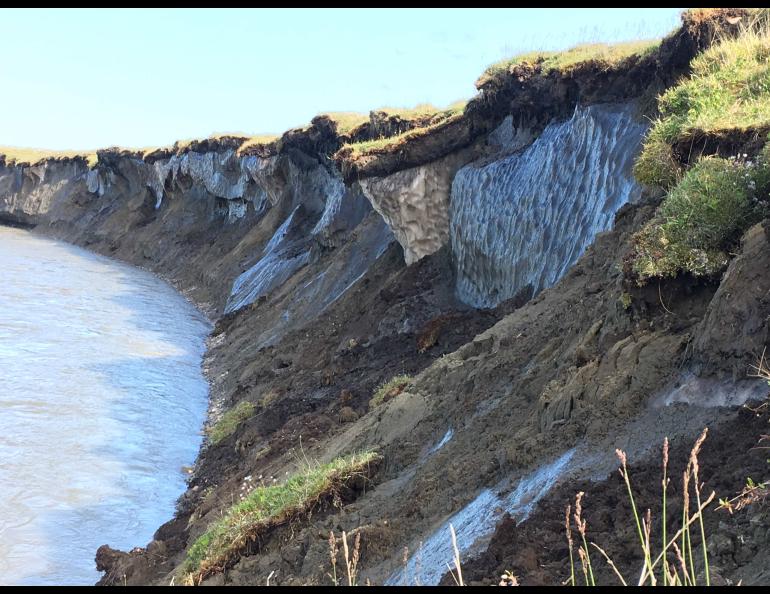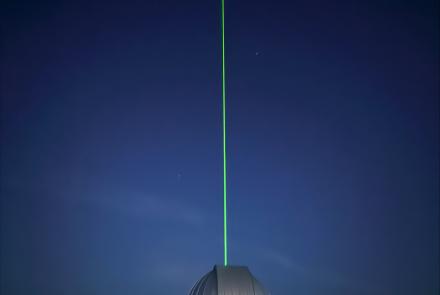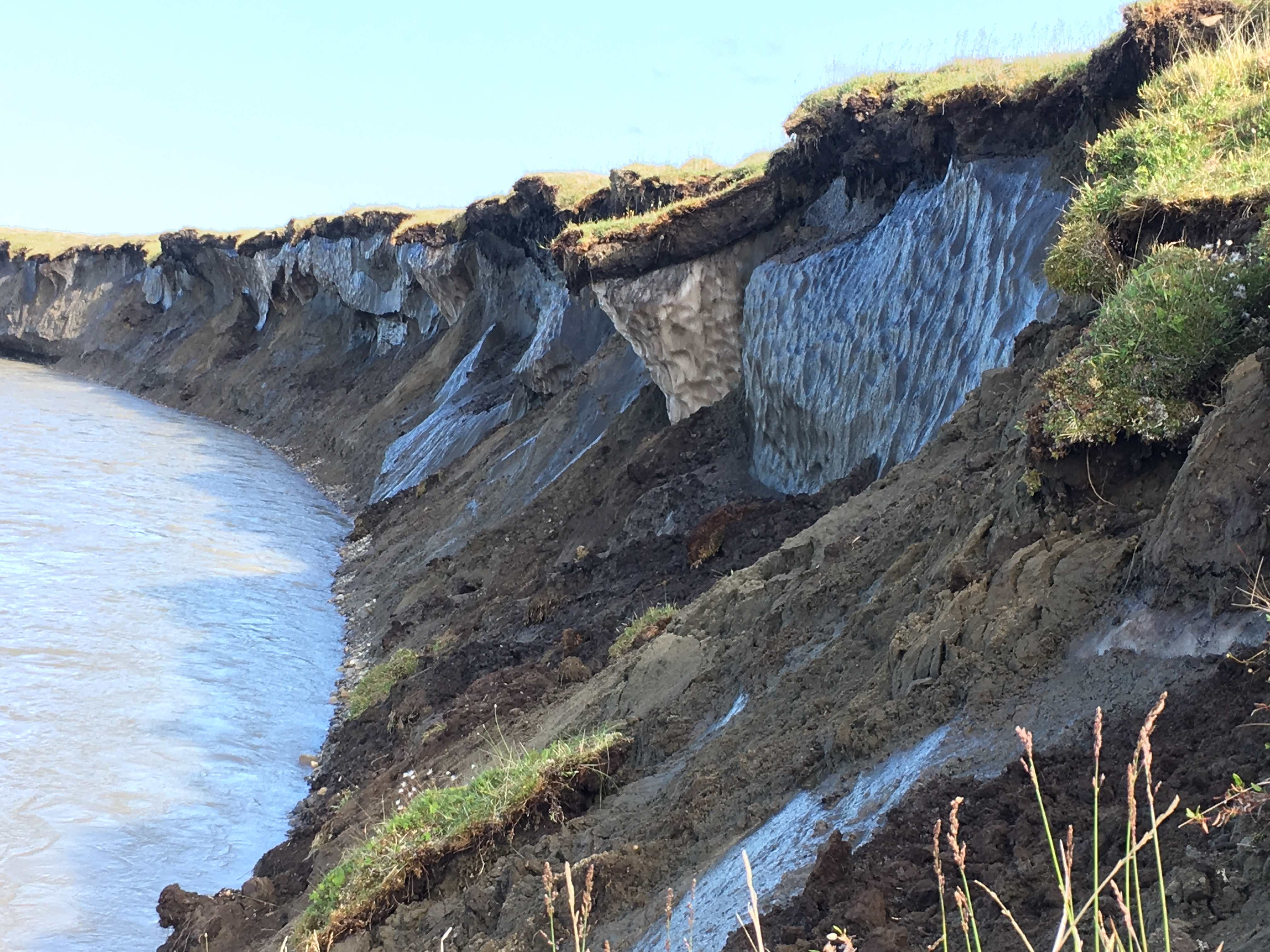
Study: Near-surface permafrost will be nearly gone by 2100
Most of Earth’s near-surface permafrost could be gone by 2100, an international team of scientists has concluded after comparing current climate trends to the planet’s climate 3 million years ago.
The team found that the amount of near-surface permafrost could drop by 93% compared to the preindustrial period of 1850 to 1900. That’s under the most extreme warming scenario in the latest report of the Intergovernmental Panel on Climate Change.
By 2100, Earth’s near-surface permafrost, within the upper 10 to 13 feet of the soil layer, may exist only in the eastern Siberian uplands, Canadian High Arctic Archipelago and northernmost Greenland — just like it did in the mid-Pliocene Warm Period.
The research, published Aug. 28 in Proceedings of the National Academy of Sciences, was led by Donglin Guo of the Chinese Academy of Sciences and Nanjing University of Information Science & Technology. Scientists from the United States, Russia, United Kingdom, Germany, Japan, Canada, The Netherlands, France and Sweden collaborated in the research.
“Our study indicates dramatically smaller-than-present near-surface permafrost extent in the geological past, under climate conditions analogous to those expected if global warming continues unabated,” the authors write.
Professor emeritus Vladimir Romanovsky of the University of Alaska Fairbanks Geophysical Institute is among the co-authors. Romanovsky is a leading scientist in permafrost research.
“The loss of this much near-surface permafrost over the next 77 years will have widespread implications for human livelihoods and infrastructure, for the global carbon cycle and for surface and subsurface hydrology,” Romanovsky said. “This research rings yet another alarm bell for what is happening to Earth’s climate.”
Simulations of the mid-Pliocene Warm Period climate are similar to the climate projection for the end of this century under the fossil-fueled development pathway in the latest report of the IPCC. That pathway is the bleakest of five presented for future society.
Simulations for the mid-Pliocene Warm Period and projections of permafrost extent in 2100 focus only on near-surface permafrost, which is less resistant to climate warming than deep permafrost.
Ten computer models project Earth will lose approximately 77% of its near-surface permafrost by 2100, relative to 1995-2014, under the IPCC’s fossil-fueled development pathway if the surface air temperature increases by 13.5 degrees Fahrenheit.
The paper’s authors chose to compare Earth’s projected future to the mid-Pliocene Warm Period, which occurred approximately 3 million years ago, because it is the most recent period of sustained global warmth in the planet’s geological history.
Scientists have little direct information about Northern Hemisphere permafrost during the mid-Pliocene Warm Period. To overcome that, they analyzed other factors, such as vegetation composition and special soil features, to reconstruct surface air temperature records. From that proxy evidence, they projected permafrost extent of the mid-Pliocene Warm Period.
Using computer modeling, they determined that the global annual mean surface temperature at that time was between 5 and 6 degrees Fahrenheit warmer than the pre-industrial period. It also showed that the temperature was almost 13 degrees higher in Arctic regions.
Absence of permafrost is also inferred by marine fossil sediment records in northwestern Alaska, the paper states.
The authors add that simulated winter and summer temperature and precipitation variables, which arguably have the strongest impact on permafrost stability, have been shown to be similar for the mid-Pliocene and the years 2100 and 2200.
The authors write that the study of mid-Pliocene Warm Period permafrost distribution and associated climate drivers “can improve our understanding of the extent, dynamics and uncertainty of permafrost loss in a warmer future climate.”
“Based on our findings, the future of Northern Hemisphere near-surface permafrost appears bleak,” the authors write. “Continued climate warming and related near-surface permafrost degradation may cause changes in ambient and environmental conditions that humans have not yet experienced, implying an imperative to further highlight the importance of permafrost degradation.”
• Vladimir Romanovsky, University of Alaska Fairbanks Geophysical Institute, 907-474-7459, veromanovsky@alaska.edu.
• Rod Boyce, University of Alaska Fairbanks Geophysical Institute, 907-474-7185, rcboyce@alaska.edu





